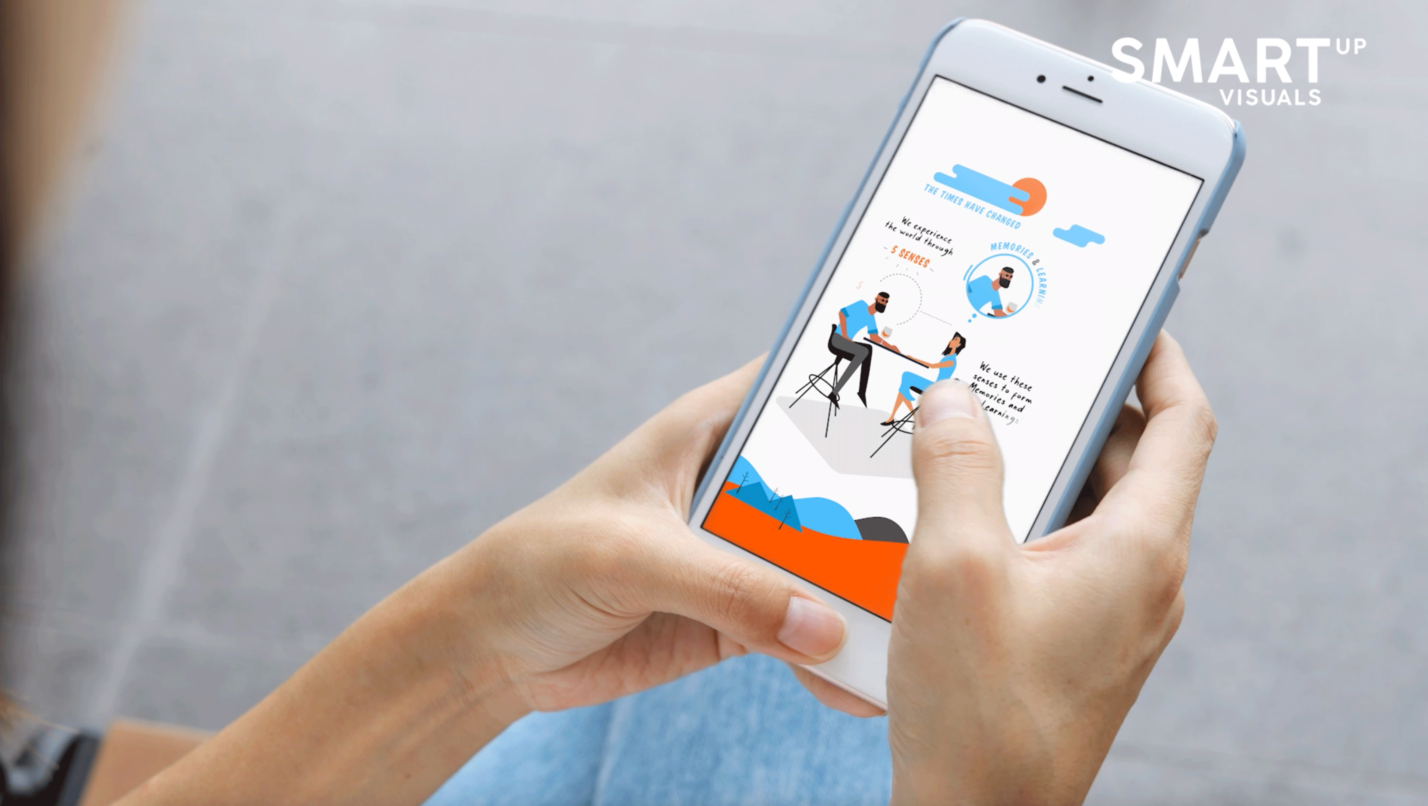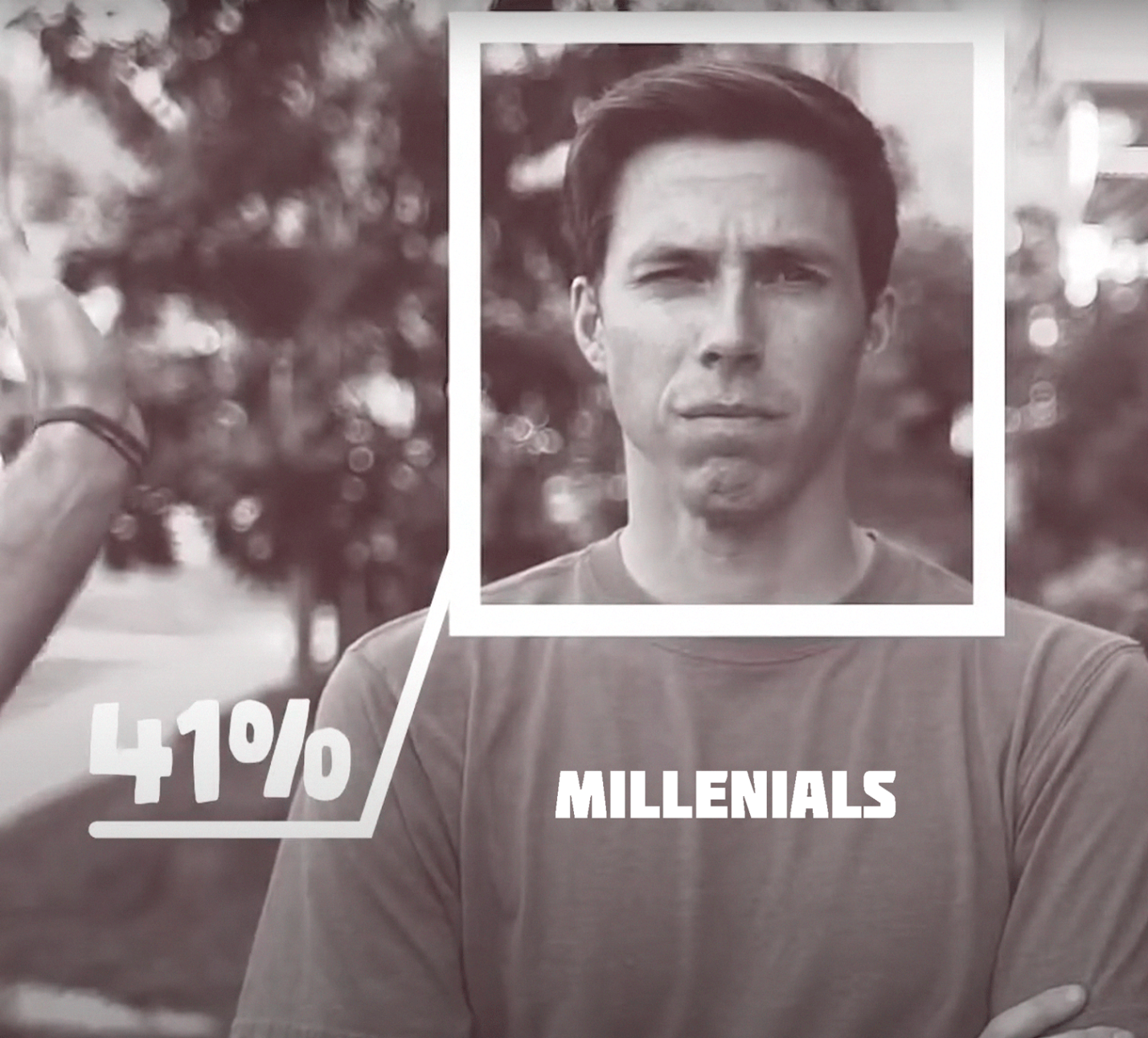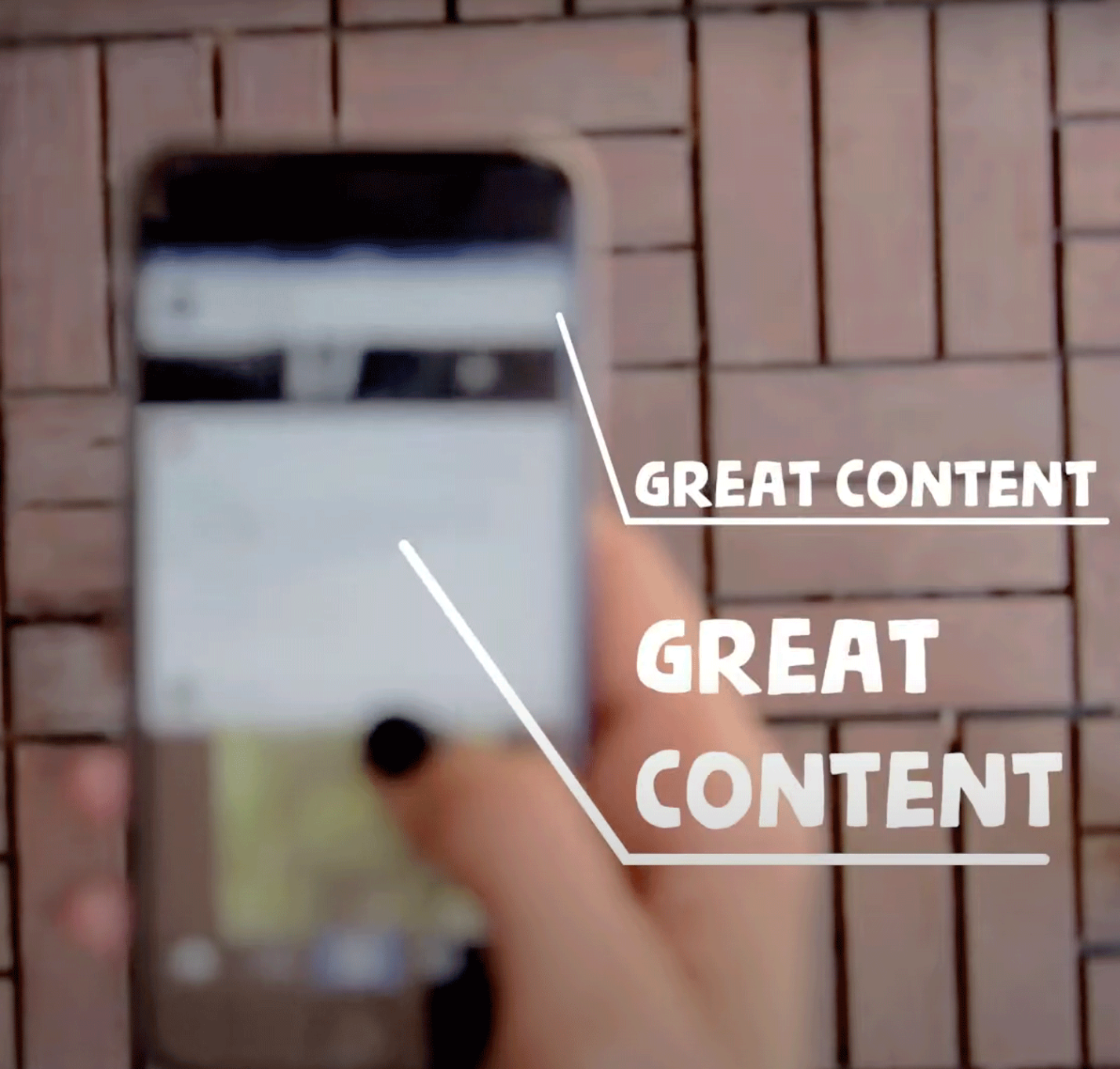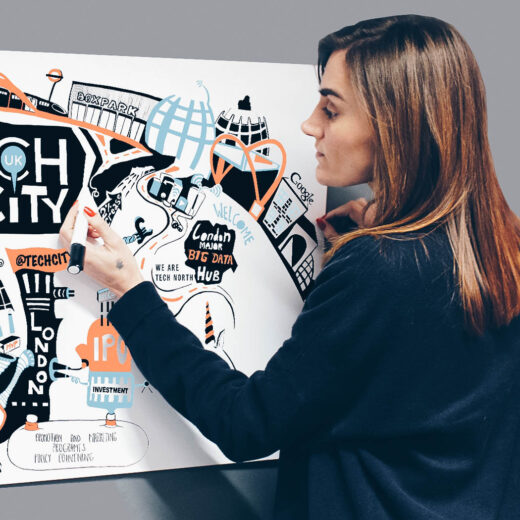Millennial, Generation Z and Generation X find it hard to engage with content that has no visuals. Picture it: a post on instagram stories catches your eye and you’re compelled to swipe up. You’re met with a great headline, content you’re interested in… and an endless block of text. You flick back to Instagram instantly. Then continue scrolling through your feed.
It’s a daily occurrence for millennials. Tons of great content but hardly any time to consume it all. So if you can’t win over our eyes, you won’t win over our minds. This is why visuals are so important.
The information age brings with it one big problem: too much information.
We’re constantly surrounded with new information from all angles and it’s very difficult to escape it. Which is why 41% of millennials feel like they suffer from information overload. Most content is viewed on phones, making paragraphs of text look twice as long and daunting. So it’s clear that design and visuals are much more appealing and this is why websites that feature more visuals and videos are more likely to have returning users.
Visuals just relay information so much faster.
13 seconds is all you need to absorb an image, it would take much longer to find out exactly what your friend was up to on holiday if it was written in a blog post. We also retain that knowledge better, 42% better in fact. It explains why photo orientated social media is so successful, we can find out exactly what’s going on and move straight on to the next thing, without missing a heartbeat.
Imagery is a sanctuary from the noise of the information age.
The hustle and bustle of daily life is draining which is exactly why we’ve seen a boom in the mindfulness industry. Millennials are often pushed away from the creative industries towards more analytics, where even customisation of interfaces is limited in order to improve UX experiences, so drawing and doodling are becoming ways to have downtime and creative outlets for millennials.
As the news likes to constantly remind us, face to face communication seems to be dying with the rise in online tools.
It means we don’t hear a tone of voice or see body language when we talk people – a communication challenge. But emojis, gifs and selfies edited with tools on Snapchat mean that we can add that extra layer of emotion back in to our conversations. Plus sending photos is so much faster than texting (unless you can’t send a selfie without the angles being perfect first!) So millennials can have rich conversations with people all over the world, not just those they can see face-to-face.
So you made it to the end of this blog post? Congratulations but many millennials didn’t. This is why visuals are so key to getting ideas shared, content consumed and information remembered. Content that realises how important visuals are is content worth consuming – so keep it creative.
You can also watch our video on this topic HERE. Or browse our creative services to enhance your visual communication.




